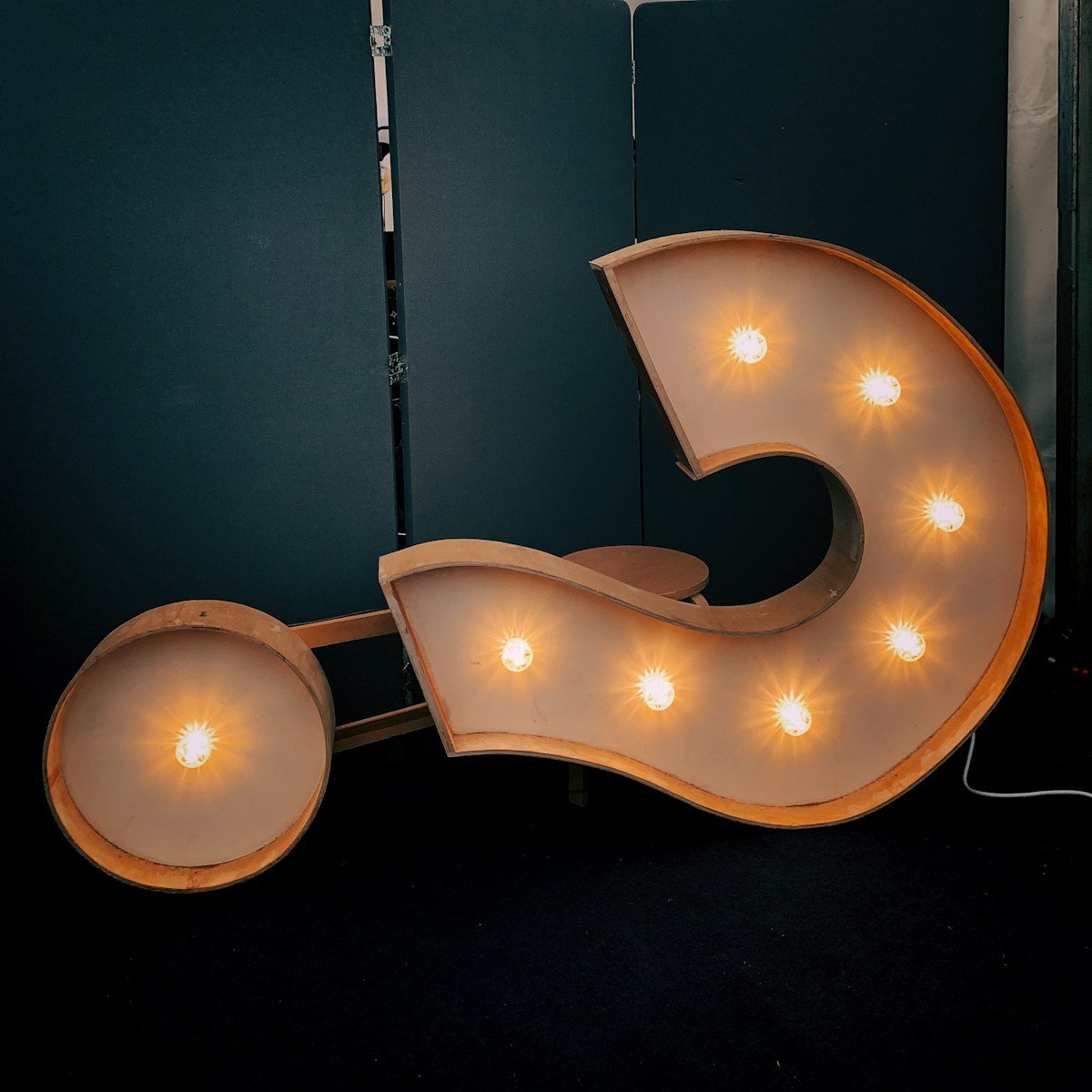
There are so many different CV designs, it can be difficult to know which one to choose. This blog post provides CV writing help if you choose to write your own CV rather than using a CV writing service.
This article outlines what employers look for in your CV, and what you should consider when deciding which CV style, template or design to use to format their CV. Ultimately, your CV is a sales document, aimed to gain you interviews, so it needs to showcase your experience whilst making it as easy as possible for the recruiter to review.
What employers look for
When you apply for a role, your CV needs to clearly demonstrate your skills and experience, specific to a particular role. Companies can receive hundreds of applications for a role, so they need to quickly skim read your CV and ascertain whether you have the required skills and experience.
During my HR career, I shared thousands of CVs with hiring managers and I cannot remember a single occasion when a manager said they loved a particular CV design, however there were countless examples of managers refusing to interview candidates with elaborate yet difficult to read CVs.
In other words, companies place far greater importance on the content of your CV, rather than the design. Rather than spending a long time deliberating over different styles, it is far better to invest this time in writing great content.
What should my CV look like?
It is usually best to choose a simple CV style, so your experience stands out, rather than the design. Your CV should be easy to read and draw your eye to your key skills and experience. It is far easier for a recruiter to skim read your CV if all the information is where they expect it to be, using a traditional format with one or two columns.
I suggest avoiding complex formatting, multiple columns and bright colours. Whilst they may look visually appealing this type of CV can be difficult to review, as it isn’t clear which order this should be read in, or where the information is located. They focus the reader’s attention on the design, rather than on your expertise, which is the opposite of what you need.
If you are seeking a design or a marketing role, you may wish to design your own template to showcase your own creative skills.
My CV Styles
I’ve included pictures of the CV designs I use when writing CVs for my clients below. The classic, contemporary and spotlight designs are suited to most roles, the shadow style is typically chosen by experienced candidates who prefer a more traditional design. As you can see, they share a similar structure, the main difference is the formatting of the section headings and the title.




Design your own CV
Rather than spending hours searching for a CV layout, you can easily make a simple, yet effective CV, like the one below.
Start by choosing a professional font like Arial and format the entire document in font size 10, formatted to the left. Add your name to the top line and format this to the centre in font size 16 or 18.
Choose a format for the section headings, such as bold capitals, underlining or formatting to the centre. Use this format for each section heading.
Decide how you wish to lay out the job titles, company names and dates, in the example below the job titles and company names are formatted to the left and the dates to the right. Then add bullet points for the role descriptions. Use this layout for each role and also the education section.
This format works well for most roles, however if you are applying to a marketing or design role, I suggest designing your own CV style to showcase your own creative skills. For further CV writing help, you may find it helpful to view this article where I discuss how to write a great CV.

Do you need professional assistance in writing your CV, so your experience stands out to recruiters? I offer CV writing help including a CV writing service which includes a telephone consultation to discuss your experience so I can write and tailor your CV for you. Please don’t hesitate to contact me.










